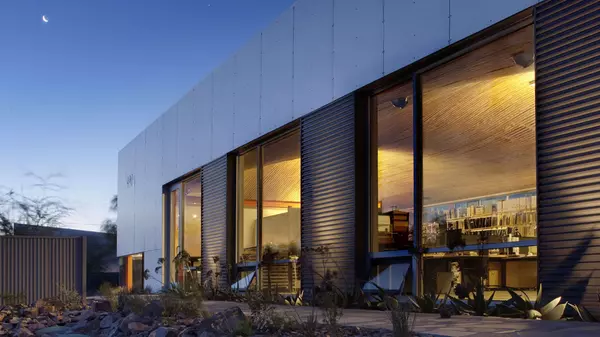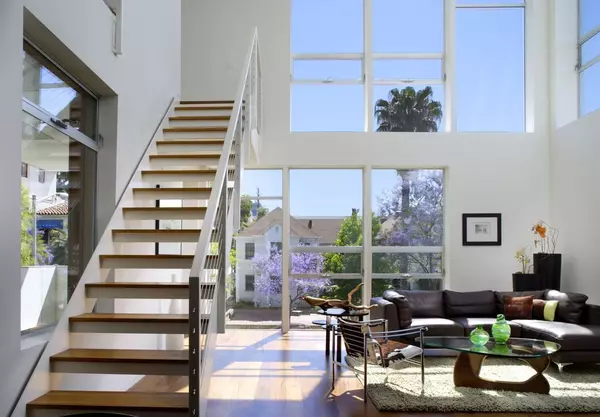Edmonton Housing Market 2025: Momentum Eases but Undersupply and Price Growth Persist
Edmonton’s housing market has emerged as one of the strongest in the country through the first half of 2025, outperforming nearly all major Canadian cities, including its historically more active counterpart, Calgary. According to Edge Realty Analytics’ June 2025 report, Edmonton’s real estate market has shown sustained price appreciation, historically high sales volumes, and a notable undersupply of homeowner-targeted new construction. Edmonton’s conditions suggest a market with continued growth potential, as national housing trends remain uneven.


Source: Realtors Association of Edmonton
Sales
Edmonton’s housing market has been running counter to national cooling trends, with demand reaching record levels in late 2024. December 2024 posted Edmonton’s second-highest home sales ever, surpassed only by a brief 2022 spike, capping a year with a 16% year-over-year increase in transactions. This strength carried into early 2025, with January sales up 1.5% on a seasonally adjusted monthly basis and still showing double-digit growth compared to the previous year.
Momentum began moderating in spring, however. April and May saw consecutive monthly declines in seasonally adjusted sales, each roughly 2%, and by May, volumes had dipped below 2024 levels. However, April marked a significant shift. For the first time, Edmonton’s monthly sales exceeded Calgary’s, for a reversal of an ongoing trend in which Edmonton typically trailed.
Listings and Inventory
Despite rising listing activity, as new listings were up 11% year-over-year in January, 5% in April, and posted further double-digit gains in May, the market remains undersupplied. December 2024 and January 2025 both saw active listings fall to decade lows, down 24% and nearly 20% year-over-year, respectively. While April inventory levels stabilized on an annual basis, May brought a notable uptick in active listings, finally pushing available inventory above 2024 levels. New construction lags behind demand, which could contribute to further tightness.
The sales-to-new listings ratio has been indicating a sellers market through 2025; in May, although this has been easing slightly, this still seems to be the case.
Prices: Edmonton Outpaces Calgary
Price growth in Edmonton has been notable. In January 2025, Edmonton home prices were up 12% year-over-year, outpacing Calgary’s 2.7% gain and reflecting strong momentum. February saw the city’s MLS House Price Index rise 12.5% y/y, the second-best performance among major metros after Quebec City. At the same time, Calgary posted its first HPI decline since 2022, widening Edmonton’s price outperformance to 11 percentage points—the largest margin since 2007. That gap has only grown deeper through the spring, with continued double-digit price increases reported in April and May.
Construction Activity: Undersupply in Homeowner Segment
While Edmonton’s overall dwelling construction rose slightly in February, up 2.7% month-over-month due to increased rental builds, and held steady at 14,400 units in January, there is a critical factor. Most of this construction is aimed at the rental market. When it comes to homeowner dwellings, including single-family homes and owner-occupied condos, Edmonton is underbuilding relative to demand.
This imbalance is not shared by Calgary; the June Edge Realty Analytics Report described Calgary as“overbuilt” for homeowner dwellings. The constrained supply pipeline in Edmonton sets the stage for continued upward pressure on prices, particularly if demand remains elevated and interest rates stay stable or begin to ease.
Rental Market
Alberta’s rental market has remained active but is showing signs of softening due to new supply and shifting migration dynamics. In December 2024, asking rents in Edmonton rose 4% year-over-year, outperforming the provincial average, which was slightly negative at –1%. However, across Alberta, a near-record 25,000 rental-oriented units are in the pipeline, including 14,000 purpose-built rentals, as well as 11,000 condos, many of which will be absorbed into the rental pool.
Recent Posts










